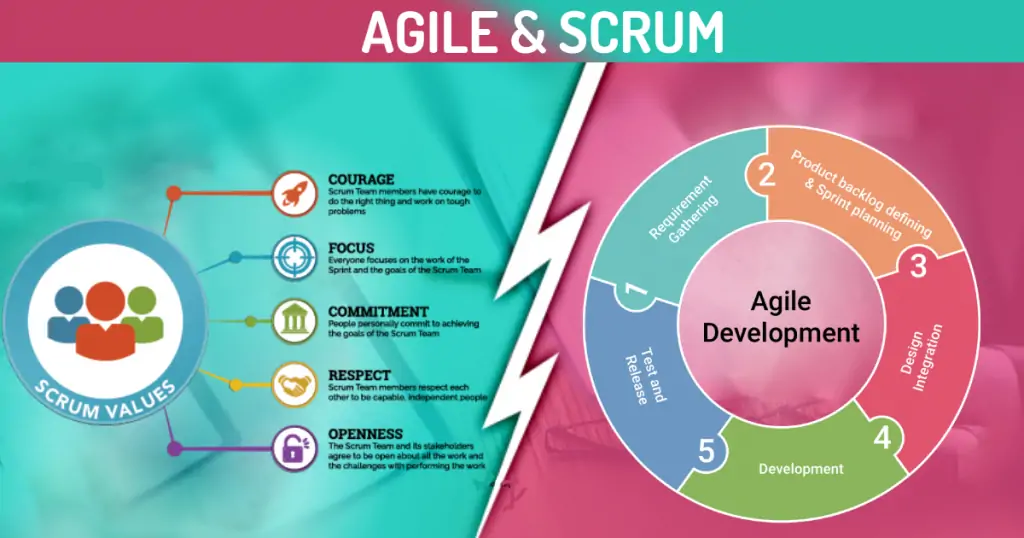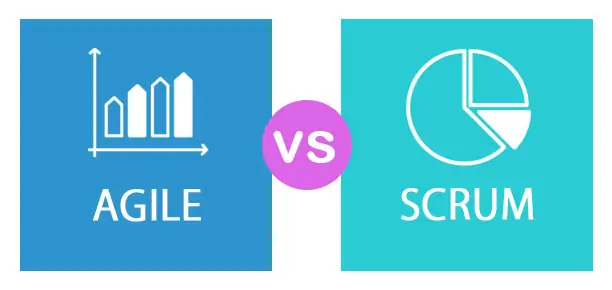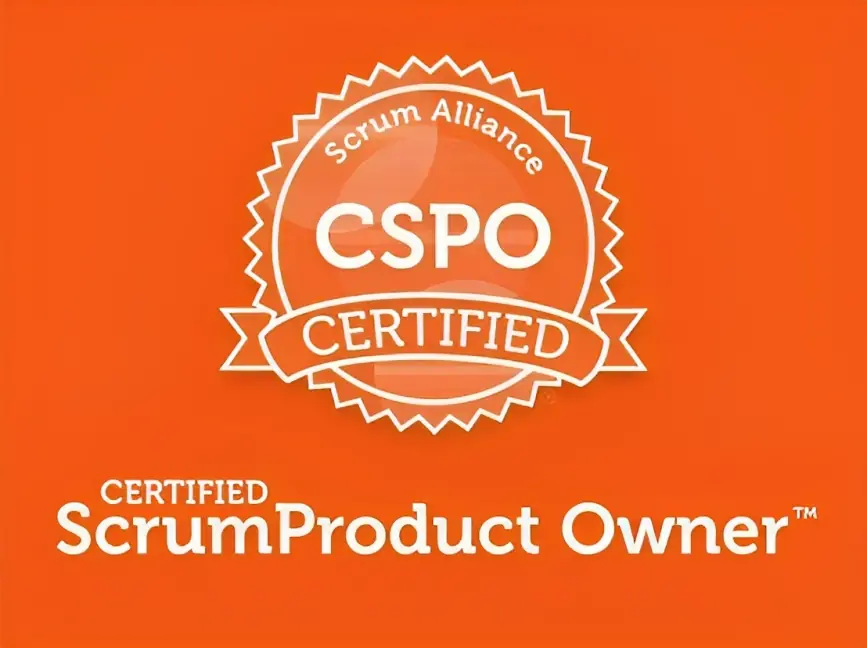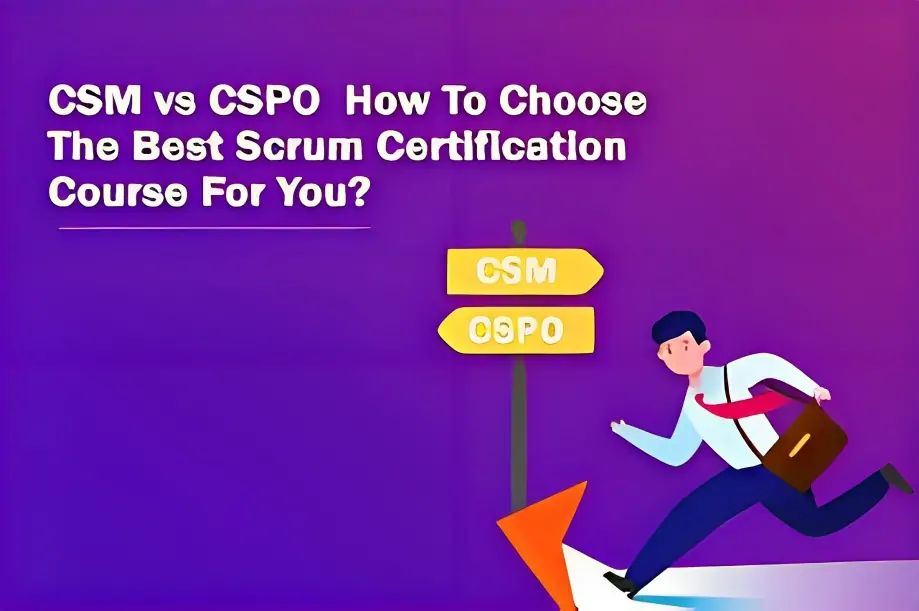An Ultimate Guide for a right Agile Product Management Training to get certified with CSPO or CSM Certifications, and Excellence with BlueMorpho Learning.

Introduction :
In the fast-paced world of business and technology, the ability to adapt and respond to change is crucial. This is where Agile Product Management come into play. They offer organizations a structured and flexible approach to project management and product development. In this blog, we will delve deep into the world of Agile Product Management, explore the benefits of CSPO (Certified Scrum Product Owner) and CSM (Certified Scrum Master) certifications, and guide you through the journey of becoming a certified Scrum professional. So, let’s embark on this learning journey together and discover how Agile Product Management can transform your career and organization.
Understanding Scrum and Agile:
Before we dive into the specifics of CSPO certification and CSM certification training, it’s essential to grasp the fundamental concepts of Agile Product Management.

Scrum is an Agile framework used for managing complex knowledge work. It is based on the principles of transparency, inspection, and adaptation. Scrum teams work in short, time-boxed iterations known as “sprints,” typically lasting two to four weeks. The Scrum framework includes roles such as Scrum Master, Product Owner, and Development Team, each with specific responsibilities. Daily stand-up meetings, sprint planning, and sprint reviews are some of the key practices in Scrum.
Agile is a broader philosophy that emphasizes iterative development, collaboration, and customer feedback. The Agile methodologies, including Scrum, focus on delivering value to the customer early and often. Agile teams are highly adaptable and can pivot based on changing customer needs and market conditions.
The Significance of Scrum and Agile in Today’s World:
In today’s rapidly evolving business landscape, organizations must be agile and responsive to remain competitive. Scrum and Agile methodologies provide the framework for achieving this agility. Here are some reasons why Scrum and Agile are crucial:
Faster Time to Market: Scrum and Agile enable organizations to develop and release products incrementally, reducing time-to-market and allowing for quicker feedback from customers.
Improved Collaboration: Agile principles promote close collaboration between cross-functional teams, breaking down silos and fostering innovation.
Customer-Centric Approach: Scrum and Agile prioritize customer needs by incorporating regular feedback and delivering features that add value.
Adaptability: In a world of uncertainty, Agile Product Management allow organizations to adapt to changing requirements and market conditions.
Higher Quality: Continuous testing and integration in Agile development lead to higher-quality products and fewer defects.
Agile Methodology:
The Agile is a philosophy and a set of principles for managing work that originated in the software development industry but has since been embraced across various sectors. It prioritizes customer satisfaction, collaboration, and flexibility in response to change. At its core, Agile seeks to break down complex projects into smaller, manageable tasks that can be iteratively developed and tested.
Agile Principles:
Customer Satisfaction: Agile places the customer at the center of the development process, seeking to deliver products and solutions that truly meet their needs and expectations.
Iterative Development: Agile projects are divided into smaller iterations, often called “sprints,” where teams work on a subset of features, allowing for continuous feedback and improvement.
Collaboration: Cross-functional teams, including developers, designers, testers, and business stakeholders, collaborate closely throughout the project’s life-cycle.
Embracing Change: Agile welcomes change, even late in the development process, as it believes that responding to changing requirements is essential for success.
Delivering Working Solutions: The focus is on delivering working increments of the product at the end of each iteration, ensuring that value is continually delivered.
Scrum Framework:
The Scrum is a specific framework within the broader Agile methodology. It provides a structured approach to managing complex projects, emphasizing teamwork, accountability, and transparency. Scrum’s framework consists of several roles, events, and artifacts that work together to ensure the project’s success.
Scrum Roles:
Product Owner: The Product Owner represents the voice of the customer and is responsible for defining and prioritizing the product backlog.
Scrum Master: The Scrum Master serves as a servant-leader, facilitating the Scrum process and removing obstacles to team progress.
Development Team: The cross-functional development team is responsible for designing, coding, testing, and delivering increments of the product.
The Scrum Events:
Sprint: A time-boxed iteration, typically lasting 2-4 weeks, during which the development team works on a set of prioritized backlog items.
Sprint Planning: At the beginning of each sprint, the team collaboratively selects items from the product backlog and plans the work to be done.
Daily Scrum: A daily stand-up meeting where team members discuss their progress, plans, and any impediments.
Sprint Review: A meeting at the end of each sprint where the team presents the increment of the product and gathers feedback from stakeholders.
Sprint Retrospective: A reflection meeting where the team discusses what went well and what could be improved, with the aim of continuous improvement.
Scrum Artifacts:
Product Backlog: A prioritized list of all the features, enhancements, and bug fixes that need to be addressed in the project.
Sprint Backlog: A subset of the product backlog items selected for the current sprint, detailing the work that needs to be completed.
Increment: The potentially shippable product increment created during a sprint, which should be of high quality and meet the acceptance criteria.
Key Differences Between Scrum and Agile:
Scope:
- Agile is a broader philosophy and set of principles that guide work management.
- Scrum is a specific framework with defined roles, events, and artifacts that operate within the Agile philosophy.

Structure:
- Agile provides principles and values without prescribing a specific structure.
- Scrum provides a structured framework with defined roles, events, and artifacts.
Roles:
- Agile does not define specific roles but encourages cross-functional collaboration.
- Scrum defines distinct roles: Product Owner, Scrum Master, and Development Team.
Flexibility:
- Agile is highly adaptable and can be tailored to various contexts and industries.
- Scrum has a fixed set of roles, events, and artifacts, providing a more rigid structure.
Certified Scrum Product Owner (CSPO)
The CSPO certification is designed for professionals who want to take on the role of a Product Owner in a Scrum team. Product Owners are responsible for maximizing the value of the product by defining and prioritizing the product backlog, ensuring that the team delivers the most valuable features first, and representing the customer’s voice.

Why Pursue CSPO Certification?
Enhanced Product Ownership Skills: CSPO certification equips individuals with the knowledge and skills needed to excel in the Product Owner role, such as backlog management, stakeholder collaboration, and prioritization.
Career Advancement: Employers often prefer or require CSPO certification for Product Owner positions, making it an essential credential for career growth in Agile organizations.
Increased Marketability: Having the CSPO certification on your resume demonstrates your commitment to Agile practices and can make you more attractive to potential employers.
CSPO Certification Process:
To earn a CSPO certification, candidates must follow these steps:
Attend a CSPO Training Course: The first requirement is to complete a two-day CSPO training course conducted by a certified Scrum trainer. During this training, participants learn the principles, practices, and responsibilities of a Product Owner.
Pass the CSPO Exam: After completing the training, candidates must pass the CSPO exam to demonstrate their understanding of the concepts covered. The exam is typically taken online and consists of multiple-choice questions.
Accept the CSPO License Agreement: Candidates must agree to the CSPO License Agreement, which includes a commitment to the Scrum values and principles.
Obtain the CSPO Certification: Once all the requirements are met, candidates will receive their CSPO certification from Scrum Alliance, which is valid for two years.
CSPO certification training covers the following key areas:
- Understanding the Scrum framework and roles.
- Creating and managing a product backlog.
- Prioritizing work items for maximum business value.
- Collaborating with the Scrum team and stakeholders.
- Defining and measuring project success.
Certified ScrumMaster (CSM)
The CSM certification is targeted at individuals who aspire to be Scrum Masters, responsible for facilitating and coaching Scrum teams. Scrum Masters help teams understand and implement Scrum principles, remove impediments, and ensure a productive and collaborative work environment.
CSM certification training includes the following core topics:
- Scrum principles, roles, and ceremonies.
- Facilitating Scrum events and meetings.
- Coaching and mentoring Scrum teams.
- Resolving conflicts and impediments.
- Continuous improvement and Agile practices.

Why Pursue CSM Certification?
Essential Scrum Master Skills: CSM certification equips individuals with the skills and knowledge needed to excel in the Scrum Master role, including facilitation, coaching, and servant leadership.
Career Opportunities: The demand for Scrum Masters is high, and many organizations require or prefer CSM certification for this role, making it a valuable credential for career advancement.
Agile Expertise: CSM certification demonstrates a deep understanding of Agile principles and practices, making certified individuals valuable contributors to Agile teams.
CSM Certification Process:
To obtain a CSM certification, candidates must follow these steps:
Attend a CSM Training Course: Candidates are required to attend a two-day CSM training course conducted by a certified Scrum trainer. This course covers Scrum principles, roles, ceremonies, and practical application.
Pass the CSM Exam: Following the training, candidates must pass the CSM exam to demonstrate their comprehension of Scrum concepts. The exam is typically taken online and consists of multiple-choice questions.
Accept the CSM License Agreement: Candidates must agree to the CSM License Agreement, which includes a commitment to the Scrum values and principles.
Obtain the CSM Certification: Once all requirements are met, candidates receive their CSM certification from Scrum Alliance, valid for two years.
The Benefits of CSPO and CSM Certifications
Earning a CSPO or CSM certification can be a game-changer for your career and your organization. Let’s explore some of the key benefits:
For Individuals:
Career Advancement: CSPO and CSM certifications enhance your credibility and open doors to new career opportunities in Agile organizations.
Increased Earning Potential: Certified Scrum professionals typically earn higher salaries than their non-certified counterparts.
Skill Enhancement: Certification training equips you with the knowledge and skills needed to excel in Agile Product Management.
Networking: You become part of a global community of Scrum practitioners, providing opportunities to learn and share experiences.
For Organizations:
Improved Efficiency: Certified Scrum professionals can lead teams more effectively, resulting in faster project delivery and better resource utilization.
Higher Productivity: Scrum and Agile practices promote a culture of collaboration and continuous improvement, leading to increased team productivity.
Better Risk Management: Agile methodologies allow organizations to identify and address issues early in the development process, reducing project risks.
Enhanced Customer Satisfaction: Agile teams prioritize customer feedback and deliver features that align with customer needs, leading to higher customer satisfaction.
Key Differences between CSPO and CSM Certifications:
While both CSPO and CSM certifications are valuable in the Agile and Scrum domain, they focus on different roles and responsibilities within a Scrum team. Here are some key distinctions:
Role Focus:
- CSPO focuses on the Product Owner role, emphasizing backlog management, stakeholder collaboration, and maximizing product value.
- The CSM focuses on the Scrum Master role, emphasizing facilitation, coaching, and removing impediments to enable the team’s success.
Responsibilities:
- The CSPO certification is for individuals responsible for defining and prioritizing the product backlog.
- CSM certification is for individuals responsible for facilitating Scrum events, fostering a self-organizing team, and removing impediments.
Training Emphasis:
- CSPO training primarily covers product-related topics, backlog grooming, and stakeholder engagement.
- CSM training covers Scrum principles, ceremonies, and the role of the Scrum Master in detail.
Career Path:
- The CSPO certification is beneficial for those pursuing a career as a Product Owner, Product Manager, or in a similar product management role.
- The CSM certification is beneficial for those aiming to become Scrum Masters, Agile Coaches, or Scrum Practitioners.
Preparing for CSPO and CSM Certification:
Preparing for CSPO and CSM certification requires dedication and focused effort. Here are some steps to help you succeed:
Study the Scrum Guide:
Start by reading the official Scrum Guide, which provides a comprehensive overview of Scrum principles, roles, events, and artifacts. Understanding the Agile Product Management is fundamental to both CSPO and CSM certifications.
Enroll in a Certified Training Course:
To qualify for CSPO or CSM certification, you must attend a certified training course delivered by a registered trainer. These courses provide in-depth knowledge and hands-on experience.
Participate Actively:
During the training, actively participate in discussions, exercises, and simulations. Engage with your trainer and fellow participants to gain practical insights.
Self-Study and Practice:
After the training, continue your learning journey by self-studying and practicing Scrum principles. You can find valuable resources online, including books, articles, and forums.
Take Practice Exams:
Many online platforms offer practice exams that simulate the actual certification exam. Taking these practice exams will help you gauge your readiness.
Choosing the Right Training Provider:
Selecting the right training provider is crucial for your CSPO and CSM certification journey. When choosing a training provider, consider the following factors:
Accreditation: Ensure that the training provider is accredited by a recognized organization, such as the Scrum Alliance or Scrum.org.
Trainer Expertise: Research the trainer’s credentials and experience in Scrum and Agile practices.

Course Content: Review the course curriculum to ensure it covers all the necessary topics for the certification.
Reviews and Recommendations: Seek recommendations from colleagues or read reviews from previous participants to gauge the quality of the training.
Conclusion:
In a world where change is the only constant, Scrum and Agile methodologies provide a powerful framework for organizations to thrive. CSPO and CSM certifications open doors to exciting career opportunities and enable professionals to become champions of Agile practices within their organizations. If you’re looking to stay ahead in your career or transform your organization’s approach to project management, consider embarking on the journey of CSPO or CSM certification training. It’s a decision that can lead to personal and professional growth, improved teamwork, and enhanced value delivery for your customers.
Whether you’re a seasoned Scrum practitioner or just starting your Agile journey, the certifications discussed in this blog can be a significant step toward your goals. Take the first step, enroll in a certified training course, and unlock the full potential of Agile Product Management in your career and organization.

